12 Small House Benefits: Why Building Tiny Makes Sense!
15 Jan 2023
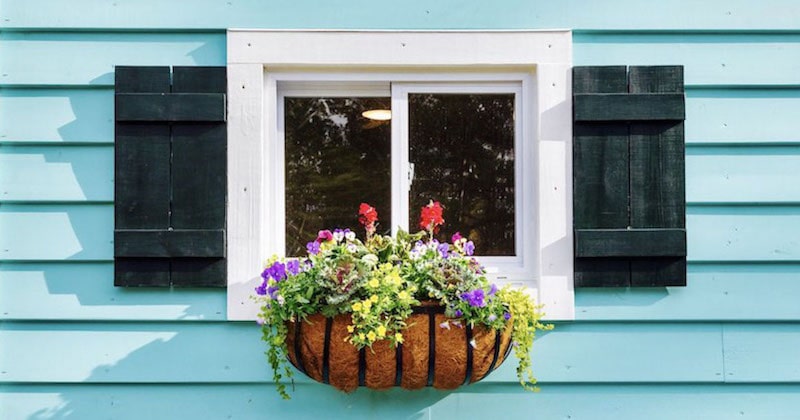
Table of contents
A small house might at first seem like an inferior choice, but when you consider everything, they can often make the most sense.
Here are the top 12 benefits of small homes:
1. Cheaper to Design
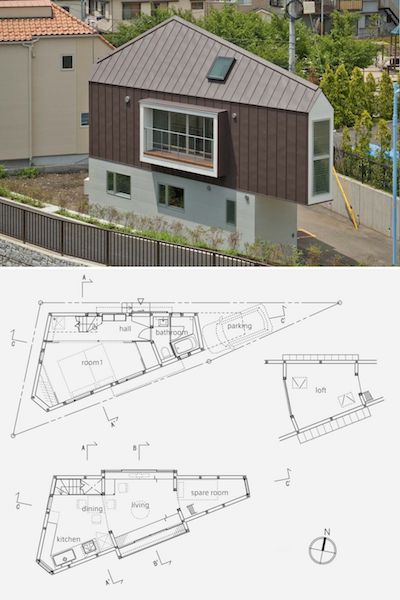
Architects and draftsmen/women typically set fees for their services in one of three ways; as a percentage of the total construction costs, as an hourly rate, or as a flat rate based on the total size of your house (source).
In all three cases, the larger your house is, the higher you can expect the total design fees to be.
Even if you intend to do the design work yourself, your time is not free. A smaller house will typically take you less time to design.
So even before you start building, a small house can already be saving you serious money.
Not sure if you should use an architect or a draftsman/woman? My article Architect vs Draftsman: Which One Should You Hire? can help you to make the right decision.
2. More Affordable to Build
Home construction is a complicated process that requires the coordinated work of many expensive professionals, but with small building projects, the level of complexity is reduced significantly.
Here are some of the many ways a small house can save on construction costs:
-
Fewer materials required
Everything from concrete, bricks, timber, tiling, and paint all drastically reduce as you minimize the size of your house.
Every square foot of floor area that you eliminate can save you considerably.
-
Simpler construction methods
Homes with smaller rooms typically have simplified engineering. With less structural weight and shorter spans of floors and ceilings to support, a small house frame can be simpler but also stronger.
Smaller components such as roof trusses are also easier and quicker for tradespeople to install.
-
Fewer tradespeople required
Smaller buildings are well suited to construction by teams of fewer people.
Shorter, narrower, and smaller components are lighter to carry and easier to maneuver into place.
Plastering, tiling, and painting can be reduced to a one or two-person job.
And with fewer tradespeople on-site you can benefit from more efficient communication and cooperation.
-
Faster build time
With less to build in a small house, everything gets done quicker.
There are fewer materials to store and move around the site, less time is required to plaster, paint, lay tiles, and sometimes drying times are also shortened.
Waiting times are reduced when tradies have smaller tasks because they can more efficiently coordinate with one another.
Getting that roof on early can also eliminate delays due to bad weather. Rain and snow are infamous for halting all work on a building site and it can last for weeks.
-
Shorter equipment hire times
Equipment hire costs add up by the day so shorter build times can literally save you thousands.
Here’s a list of common items that are often hired during a standard house build:
- Concrete mixers, pumps, vibrators, and trowels
- Ladders and scaffolding
- Safety equipment and barricades
- Portable toilets
- Rubbish removal bins
- Generators
- Hoists, winches, lifts, and cranes
- Air compressors and air tools
- Cleaning tools such as pressure washers and vacuum cleaners
- Plus many other specialty tools and equipment
Even if you’re not directly paying for these items, your builder is factoring these costs into their fees. Smaller houses take less time to build so equipment hire costs are likewise reduced.
-
Less waste
Unused building materials are a waste of money but with smaller houses, there is often a lot less waste.
It’s the job of your quantity surveyor or builder to calculate how much of each building material you will need to purchase for your project, with a small house, these estimates can be a lot closer to reality.
Smaller buildings can also make better use of shorter lengths and offcuts of materials, so even less is thrown away.
With less waste, you can also save money by hiring smaller rubbish removal bins or having them emptied less often.
What about economies of scale?
Even though there are some efficiencies to be gained when building larger, these economies of scale are far outweighed by the total cost savings of using minimal materials, employing fewer tradespeople, and hiring equipment for shorter periods of time.
How much does it cost to build a house?
It depending on where you live...
In the US, it costs an average of $100 to $155 per square foot to build a house, the exact amount will depend on the level of finish, your choice of fixtures, the style of the house, what materials are used, and labor costs. (source)
In the UK, it costs an average of £1,750 to £3,000 per square metre to build a house, the exact amount will depend on the level of finish, your choice of fixtures, the style of the house, what materials are used, and labor costs. (source)
In Canada, it costs an average of $160 to $240 per square foot to build a house, the exact amount will depend on the level of finish, your choice of fixtures, the style of the house, what materials are used, and labor costs. (source)
In Australia, it costs an average of $1,683 to $3,536 per square metre to build a house, the exact amount will depend on the level of finish, your choice of fixtures, the style of the house, what materials are used, and labor costs. (source)
In New Zealand, it costs an average of $1,500 to $3,000 per square metre to build a house, the exact amount will depend on the level of finish, your choice of fixtures, the style of the house, what materials are used, and labor costs. (source)
3. Higher Quality
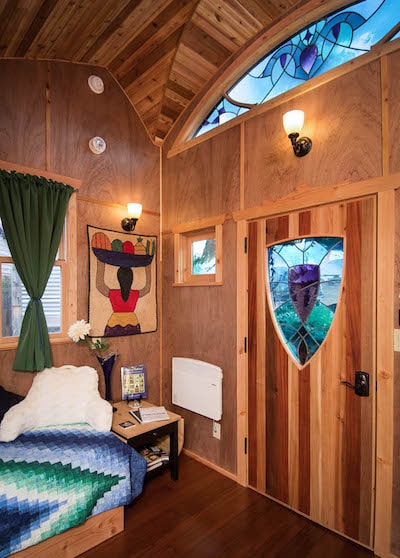
With small houses requiring far fewer construction materials, you have the option to choose more expensive items without blowing out your budget.
For example, a bathroom half the size can have quality tiles that are twice as expensive, for the same price!
And when you only have a few rooms to decorate, you can afford to spend a little extra on those beautiful light fittings that you love.
Many small home owners use some of their construction cost savings to treat themselves by incorporating handcrafted feature pieces. Why not source bespoke timber work, artisan basins with fancy tapware, or custom stained glass windows for your home? Adding these extras doesn’t have to cost the Earth and it can improve your standard of living.
4. Live in a Better Location
Small homes need less land area because they have a smaller building footprint. The land is often the most expensive part of a house, so smaller block sizes can save you a lot of money. Alternatively, why not upgrade where you live?
More exclusive suburbs may finally be within your reach if you require less land. This may also help you to find locations closer to your city center or near highly sought after public facilities like transport hubs.
In real estate, as they say, it’s all about location, location, location!
5. More Unique
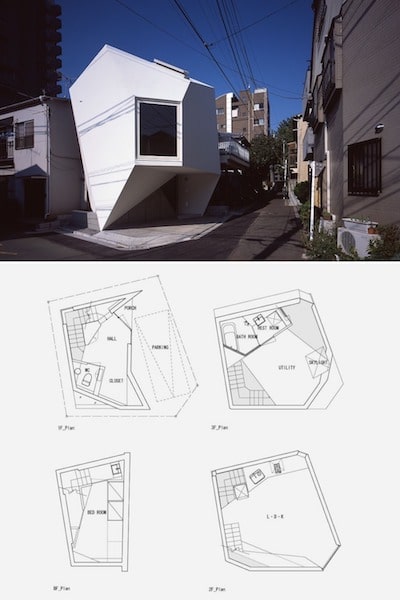
Because small houses are less work to design and build, the time is often given to uniquely craft the space to perfectly suit the owner.
You can customize every part of your home to fit your exact requirements. Only include the things that you need and splash out on the occasional feature piece to let your personality shine through.
Small homes can be filled with unique charm and character that is often missing in the average cookie-cutter McMansion seen in many estates.
It isn’t any wonder that many small homes are owned by artists, musicians, writers, and other quirky or creative types. There’s something about a small, but tailored space that can bring out the best in people.
Do you like narrow houses? Check out my article: Driveway Houses for examples, photos, and 3-meter wide house plans.
6. Less Furniture Needed
The last thing you need after building an expensive house is further debt from furnishing spare rooms you’ll never use.
Do you really need that second living space or a formal dining room? Surely you can spend that money on something else which will give you much more value in return.
7. Cheaper to Run
One obvious benefit of small houses is they can be significantly cheaper to run, but there is another surprising advantage that comes with this too.
Not only does heating and cooling small volumes of living space slash your gas and electricity bills forever, but you can also save money by purchasing smaller, and less expensive, heaters and coolers. This is a saving that you can make right now.
The efficiency of small houses, yet again, allows you to save money in multiple ways at once!
8. Environmentally Friendly
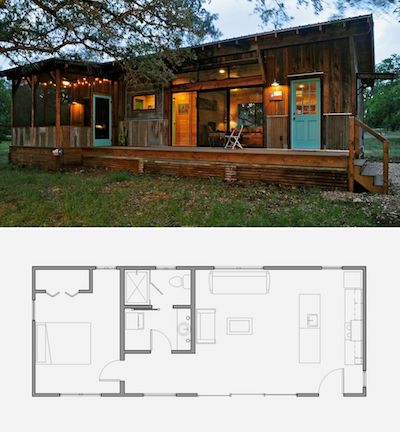
Small houses are often touted as being friendly to the environment and there are multiple reasons why this is true.
As already mentioned, they take up less land, they use fewer materials during construction, and they require significantly less energy for heating and cooling over the lifetime of the building.
But here are other reasons too.
Because of the smaller scale, many owner-builders source local supplies and recycled materials, this can reduce their building’s carbon footprint.
With minimal energy consumption, it can be an achievable goal to power your small house with 100% renewable energy. This is why most people choose to build small when going completely off-grid.
If you incorporate a passive solar design this can further reduce your energy consumption.
You will only need a few solar panels to reliably power a small house. Using a small array helps to keep the setup costs affordable, plus the investment will pay for itself over time.
If your goal is to live in harmony with the environment then small houses are a more ethical choice.
9. Less Maintenance
A smaller house can have fewer problems over time simply because there is less house that can go wrong.
And when repairs are needed, chances are that the fix will be quick and minimal materials will be required.
You will also be much more likely to carry out general repairs and maintenance when the job is small. If it’s time to repaint a big house, you may put it off for years, but with a small house, it could only be a weekend’s work.
According to American Family Insurance, you should budget for $1 per square foot of living space for annual home maintance costs (approximately $9 per square meter).
10. Less Cleaning
No one likes cleaning, or paying for cleaners, so why build a monster house that requires a huge effort to keep dirt-free?
Smaller houses have fewer rooms and minimal surfaces to clean so you can have everything tidy in minutes.
Living small means more time for fun!
11. Build Stronger Relationships
When multiple people live in a small house they typically interact more frequently with one another, this can build stronger relationships over time.
Smaller indoor living spaces can also gently encourage you to participate in outdoor activities, to regularly exercise, and to live more in tune with nature. This can help to create a balanced and healthy lifestyle with rich and fulfilling connections with those around you.
12. Be Happier
Small houses can have a powerful effect on people. By allowing yourself to live small, you can shed the burdens of excess possessions and mountains of debt, and trade it all for a calm sense of freedom.
By decluttering your life you can find more time for living, for creating priceless moments with loved ones, and for pursuing your passions in life.
Conclusion
Building small can not only save you an enormous amount of money, but it could make the difference between you being able to build your dream house or not.
Are you thinking of designing a small house? Before you do anything, read my small house design principles first, so you can learn the secrets that architects use to design small spaces that feel big!
Title image credit: Photograph of a tiny house window found on Tiny Home Builders.


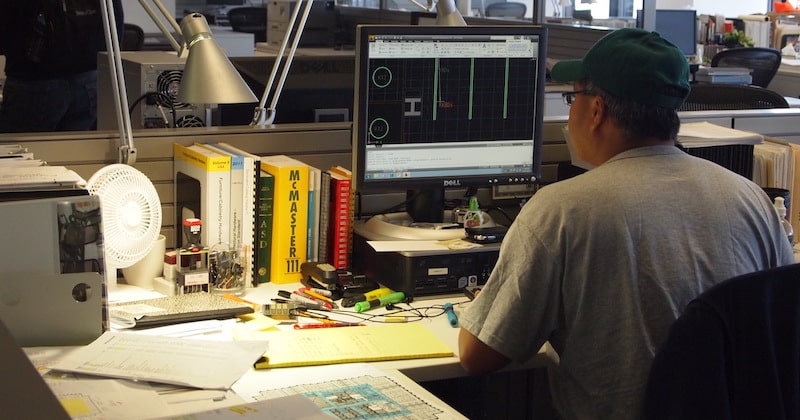
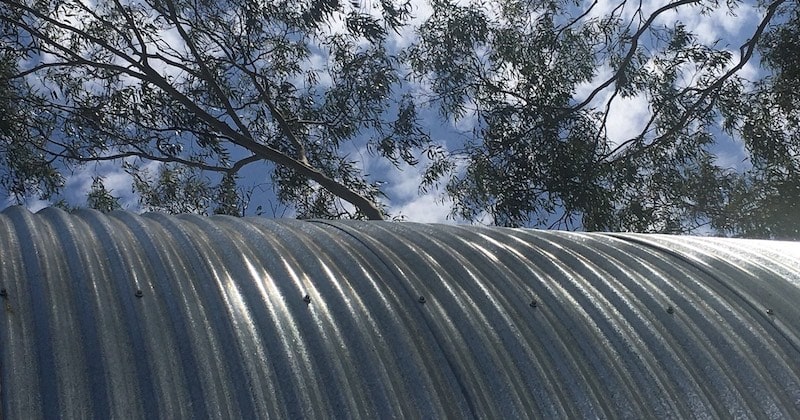
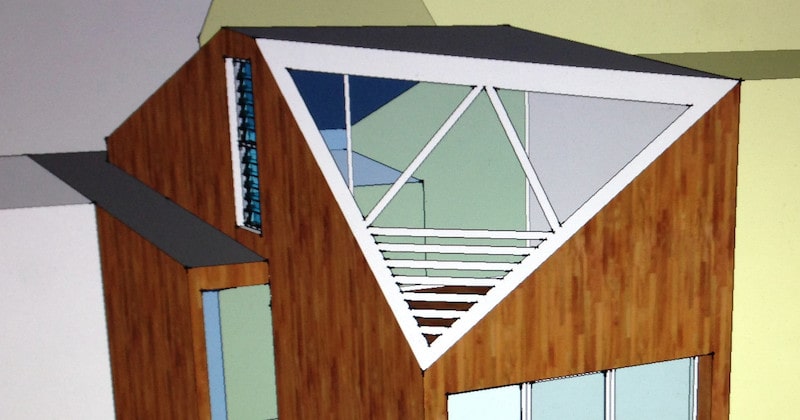

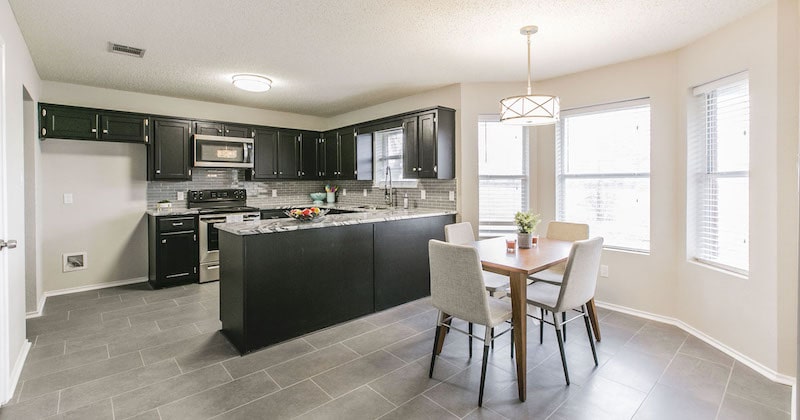
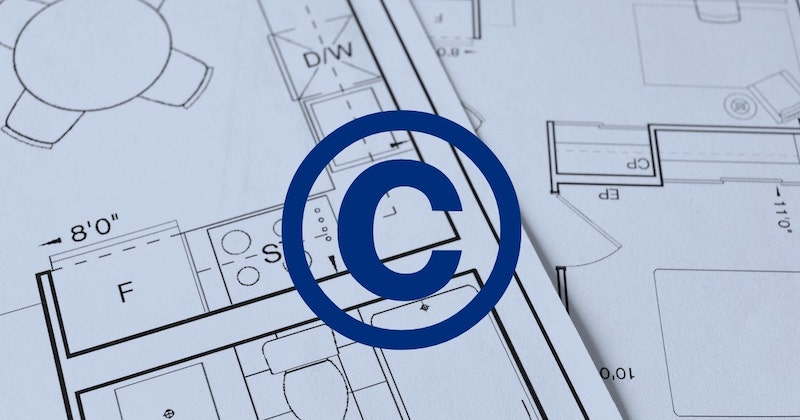
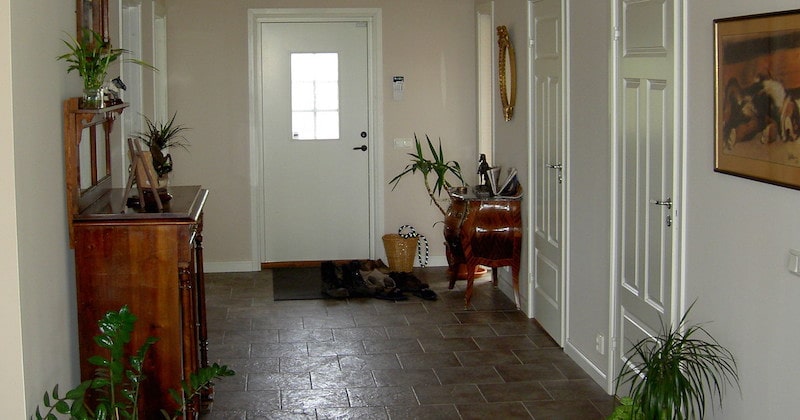

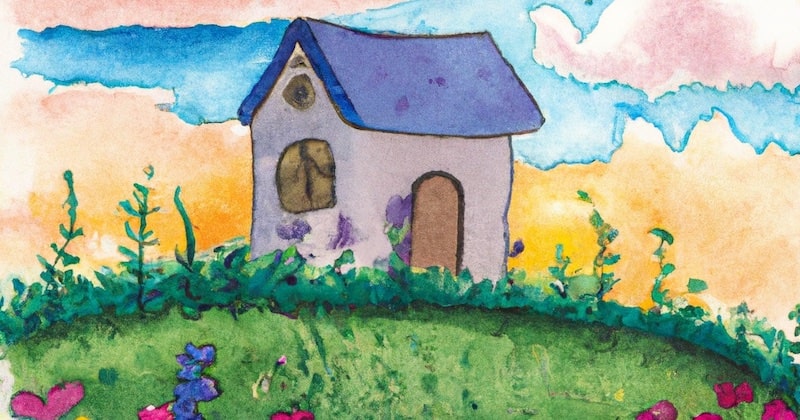
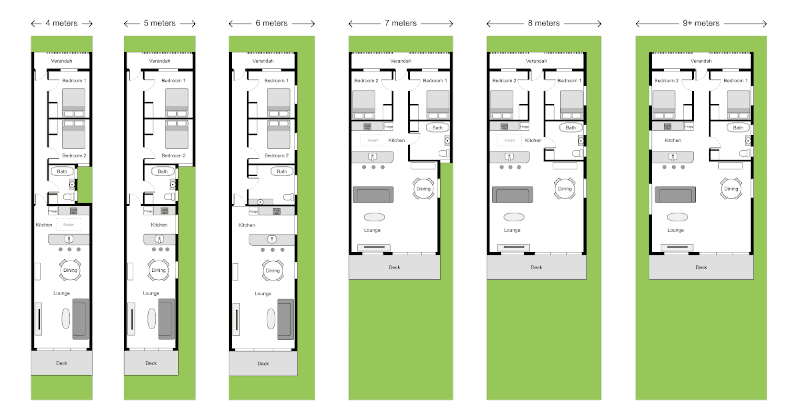
 Web design
Web design
 Architecture
Architecture
 Life drawing
Life drawing
 Art gallery
Art gallery
 Synesthesia
Synesthesia
 Comics
Comics